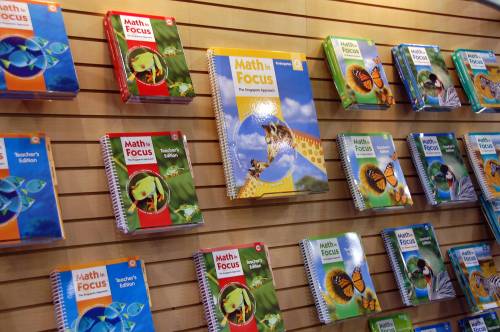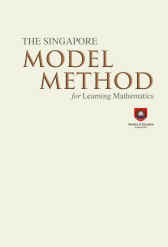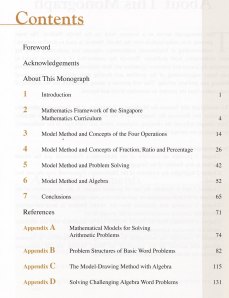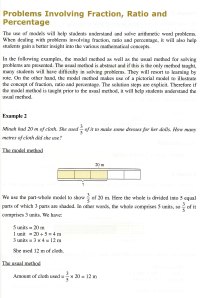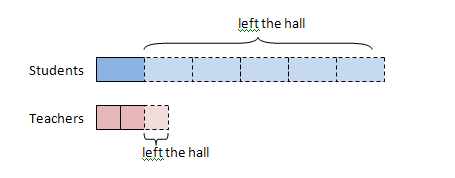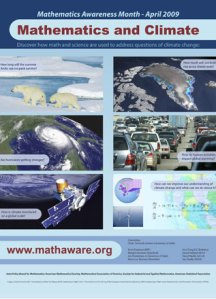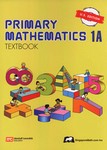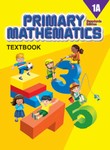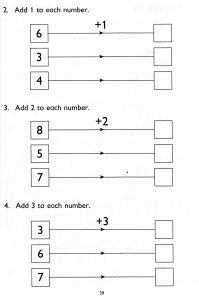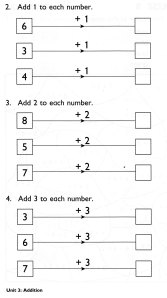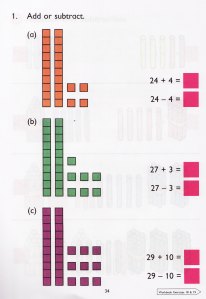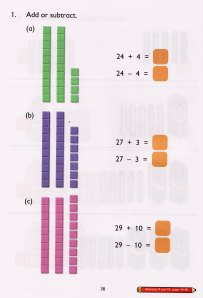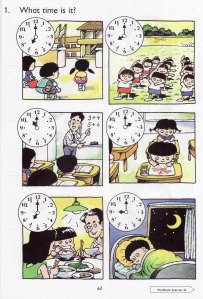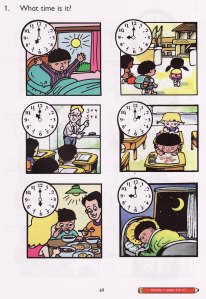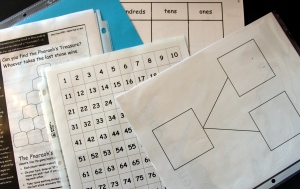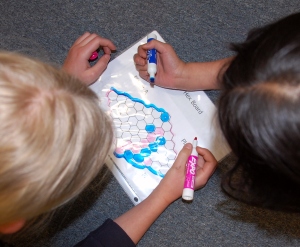The National Council of Teachers of Mathematics Annual Meeting and Exposition (NCTM) has ended and I wanted to share a few quick items regarding Singapore Math.
First off, Houghton Mifflin’s division Great Source premiered their new Singapore math series. Called Math in Focus, the textbooks are hardbound (and are heavy!) and the Teacher’s Editions appear quite comprehensive. This series looks like an American textbook series. I chatted with Patsy Kanter, one of the authors, as well as Shar Hammet, the head of the mathematics division for Houghton Mifflin, and they feel that they’ve kept the true essence of the curriculum while adding value to a classroom teacher. I hope to procure a grade level to review and share. At each grade level, the series includes:
- Student Book A and Student Book B
- Workbook A and Workbook B
- Teacher’s Edition
- Extra Practice (Blackline Masters)
- Assessment (Blackline Masters)
- Reteach (Blackline Masters)
- Enrichment (Blackline Masters)
- Manipulatives
You can download a sample lesson from the first grade.
Next:
The Singapore Model Method for Learning Mathematics was available from the Marshall Cavendish booth and will be available next month from Singaporemath.com. Written by the Ministry of Education, this book ( or monograph, as they refer to the publication) is designed to serve as a resource book on the Model Method:
The main purpose is to make explicit how the Model Method is used to develop students’ understanding of fundamental mathematics concepts and proficiency in solving basic mathematics word problems.
Although I’ve just begun reading the book, it appears to be a comprehensive overview of the Model Method and provides examples for both basic and quite challenging word problems.
The table of contents (click to enlarge):
And a sample page 77 from Appendix A:
Finally, there were 4 presentations on Singapore Math at the NCTM:
- Singapore Math Sixth Graders Solve Harder Problems than the Eighth-Grade NAEP by John Hoven
- Every Child Counts, and Every Child Can Count! Strategies from Singapore Classrooms by Ban Har Yeap
- Taking the Problem out of Word Problems with Singapore’s Model-Drawing Approach by Char Forsten
- What’s so Good About Singapore Math – An exhibitor workshop by SingaporeMath.com
ALL four Singapore Math sessions were oversubscribed, with disappointed attendees listening outside at the door. Dr. Yeap’s session saw people lining up 40 minutes beforehand to get a seat!

